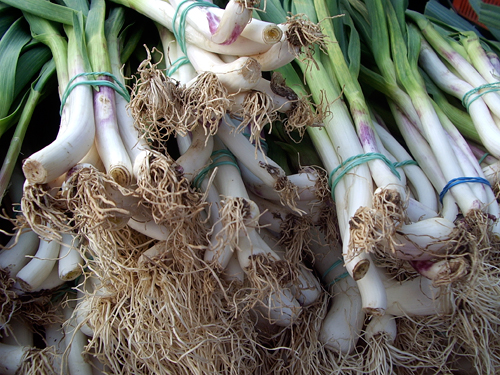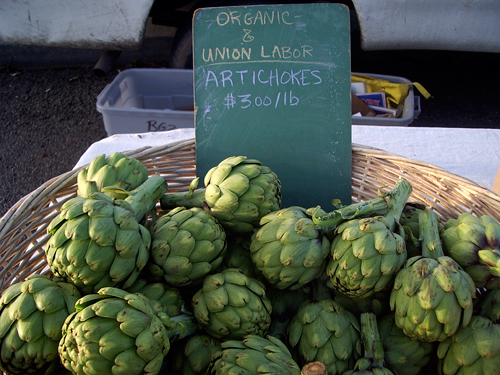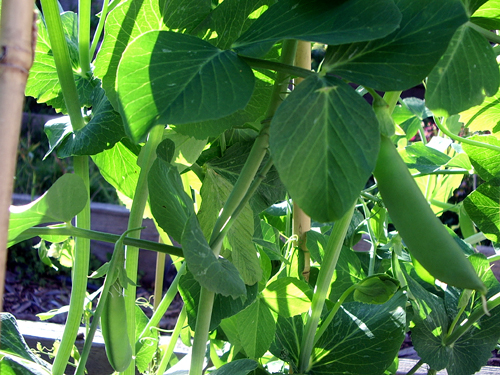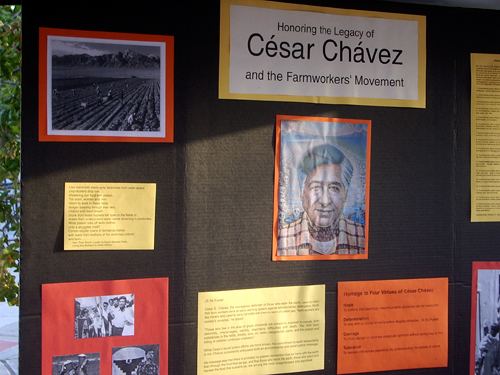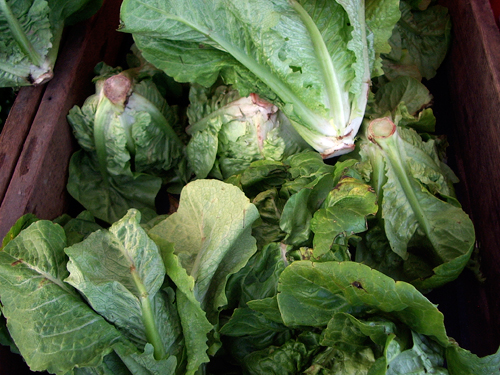
Lettuce from Full Belly Farm
Happy Spring! Yes, the vernal equinox arrived on Saturday at 10:32 a.m., Pacific Daylight Time. Thank you, astronomists, for tracking the exact moment when the center of the sun would be precisely in line with the earth's equator. More generally, though, the equinox represents the twice-yearly date when the sun spends approximately equal time above and below the horizon, producing a day that's almost evenly split between day and night. After the equinox, the days begin to lengthen, adding a few more minutes of daylight to every 24 hours until the summer solstice in June.
And because, short of mushrooms, every plant we eat needs warmth and sunshine to grow, lengthening daylight means new crops springing up with every week that passes. In lucky California, that is. Back in the Northeast, the weather may be finally warming, but it will be months before anything fresh breaks through the frozen ground, and weeks before New Yorkers can even start trying to muster enthusiasm for the season's first foraged ramps (stinky, skinny wild leeks) and fiddleheads (curled fern tops, with a shelf life of about an hour).
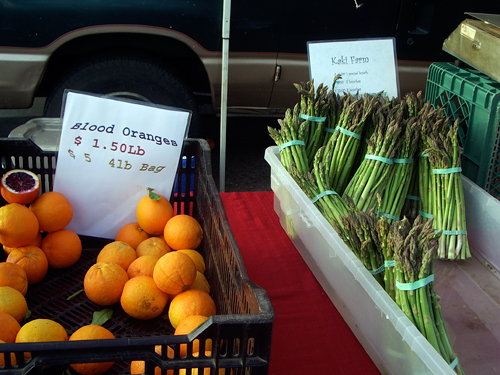
Asparagus from Kaki Farm
But yesterday the Berkeley Farmers' Market was awash in tender greens, including that rock star of spring, asparagus. Just in time for Passover dinners and Easter brunch, the season's first succulent spears are popping up from the bare ground like something fresh from the kitchen of Dr. Seuss. Full Belly will have theirs for at least another month. And while the stalks are delicious simply steamed or roasted with a drip of butter and lemon, they also makes a splendid quiche filling mixed with a handful of sauteed green garlic.
